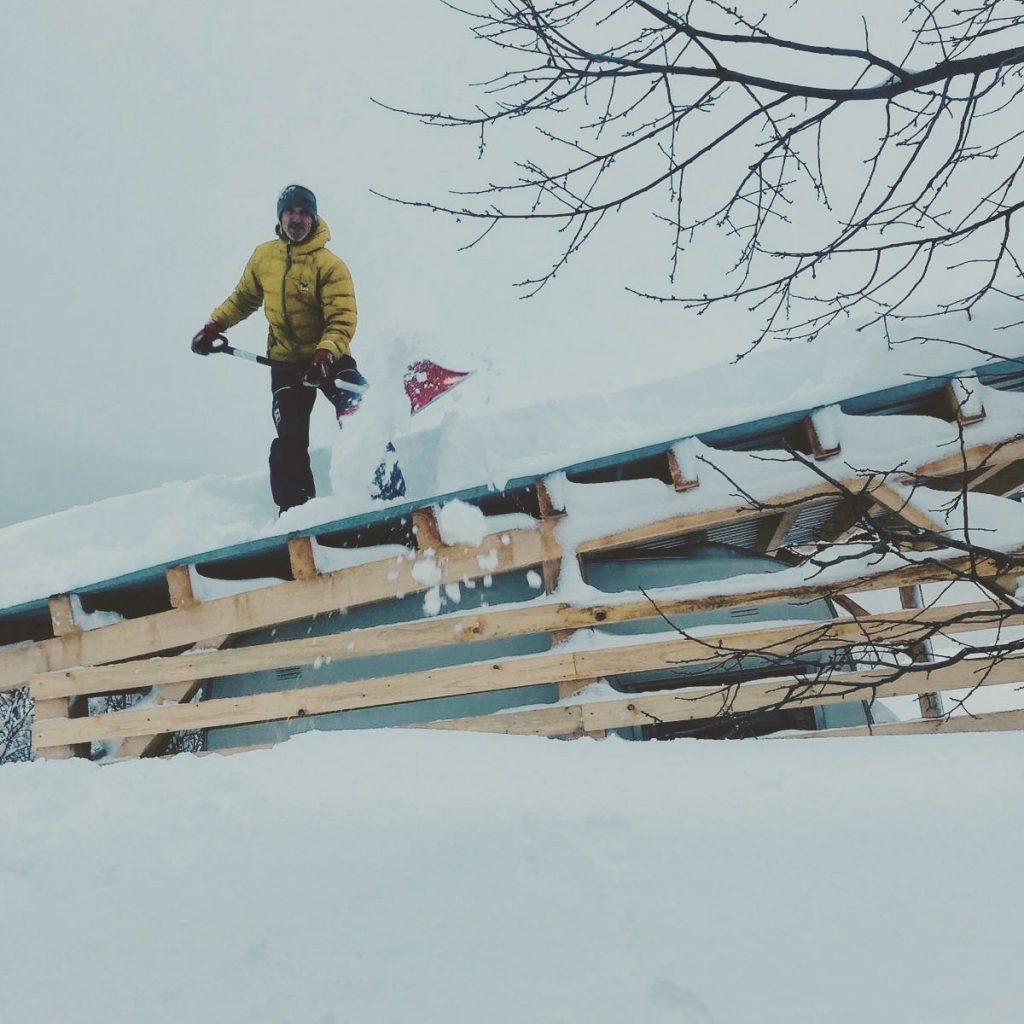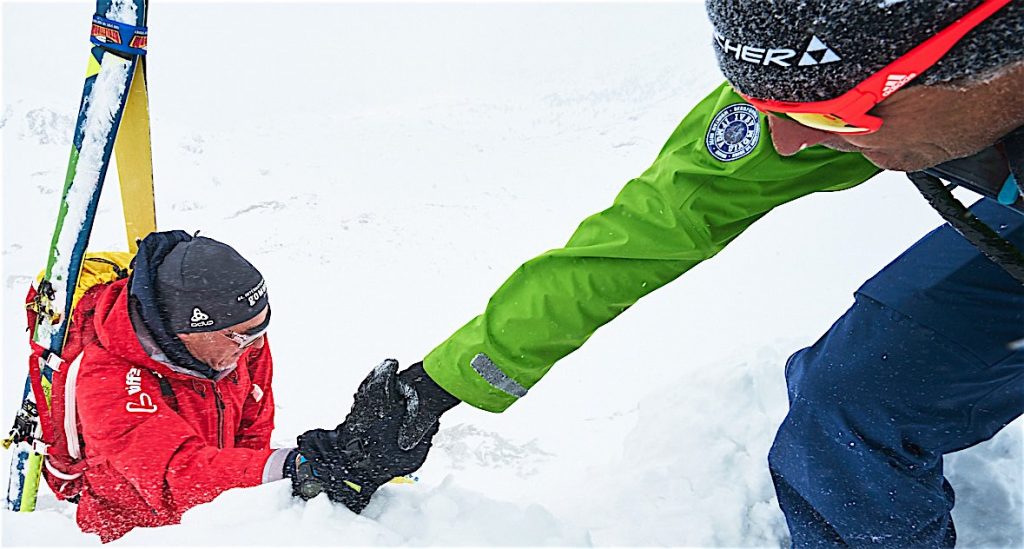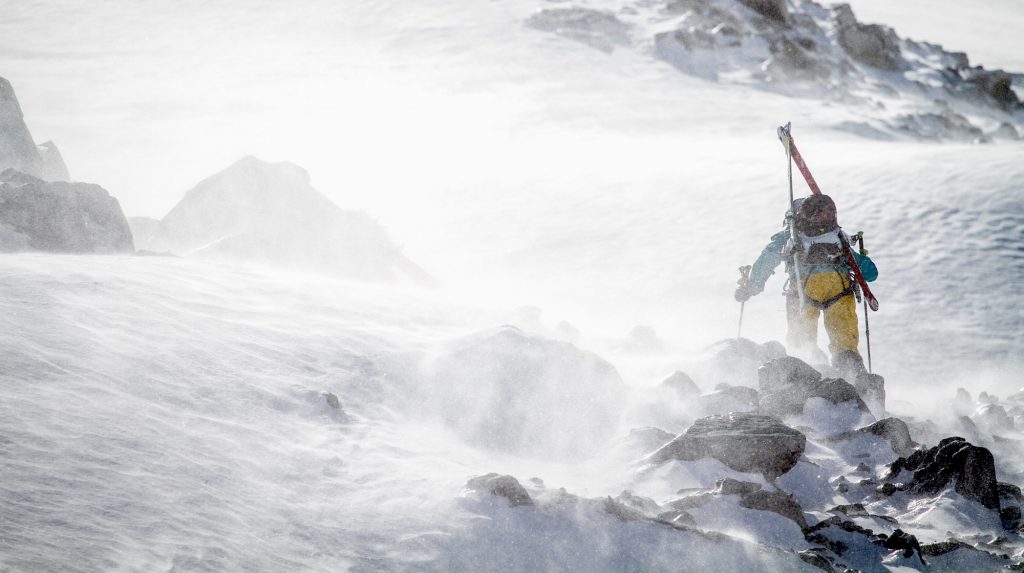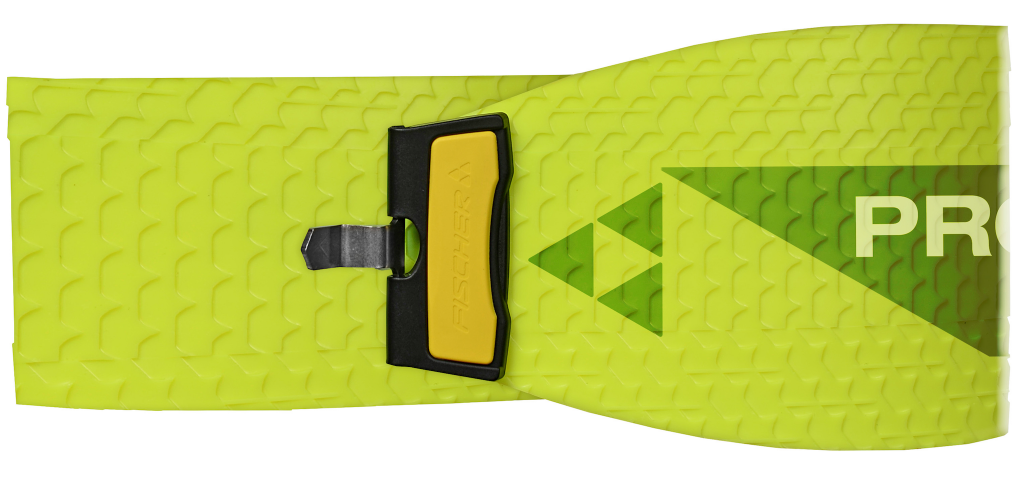Again, we had the pleasure to contribute to the three-part series ‘Brains’ our friends at Downdays are running this season. This time in English. Here’s part Two, it’s about all the things to do when things go wrong.
This is wrong. This is oh so wrong. We are spending our time doing something incredibly wicked in an incredibly beautiful environment that a lot of people envy us for because social media tells them that We Are Living The Dream. But today we are talking about all the inherent risks, contemplate all the shit that might go down and how things can go just horribly wrong.
Because deep down we know that all the endless warnings from our parents and the colourful scenarios the media paints could theoretically happen. So let’s deal with this.
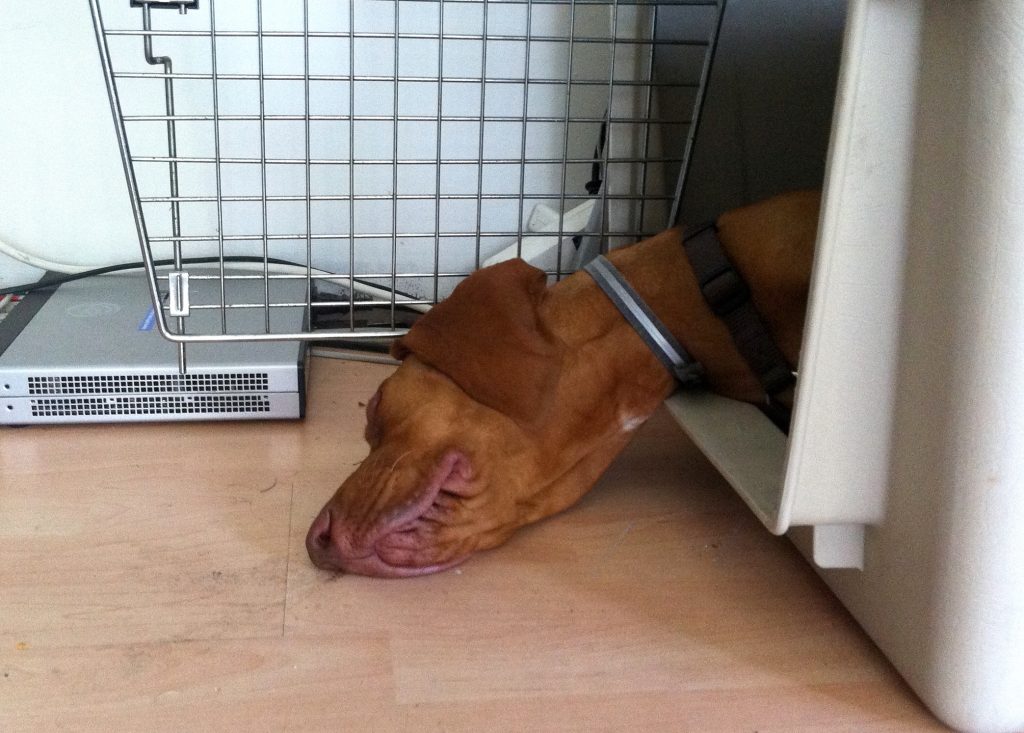
Let’s talk about stuff you can do before things go wrong. A lot of what follows is obvious, but one or two things might still be overlooked, so let’s repeat together.
– Educate yourself on the avalanche situation, weather forecast, terrain and snowpack before you head out.
– Take the necessary equipment, including a small first aid pack with tape and tool.
– Your phone: Get a good map (Apemap, for example) and know how to use the GPS on your phone. Know the European emergency number (112), and store the number of the local mountain rescue and the number of a local taxi service. Know how long your battery lasts and know how to conserve battery power so it lasts past your estimated return time. (Turn your phone off or switch to airplane mode while it is plugged in to speed up the recharging process when you are on a hut on the mountain.)
Of all the countless things that can go wrong, two scenarios are – statistically speaking – most likely to happen when we are talking freeride accidents. Avalanches and injuries.
Avalanche
The shit hits the fan. An avalanche caught a buddy. (I am – for the sake of the length of this article – going to ignore the situation where you are getting caught in an avalanche, since most likely you’ll just be an immobile passenger, with your chance of celebrating another birthday purely depending on your buddies.)
– Take note of the situation: Where exactly (GPS) are you, who and how many got caught (ideally where) and how many are you all together. This is the information the mountain rescue needs when you are calling for help.
– Initiate rescue. Call mountain rescue. Check for further avalanche danger. Get started on locating and digging out your friend(s).
– Stay calm.
Injury
Again, for the sake of the limited space here we are not talking about you being the injured skier (in which case you will be – most likely – again depending on the kindness of friends and strangers). So here we are talking about you dealing with a friend who is injured.
– Stay calm. Always.
– Can you get to your buddy without risking life and limb in a considerable time? If not, can you get in touch with the injured person via phone or yodelling?
– Alert ski patrol or mountain rescue. When giving them the location of the accident try and be as specific as possible. Mountain rescue will ask about the injuries, so be prepared to give some sort of assessment (but don’t stress about it).
– Most likely you are not a doctor. So assist your injured colleague depending on how well you are trained. Helping a hurt buddy involves a surprisingly large amount of common sense, so if the injuries are not visibly life-threatening try to keep him or her warm and comfortable until help arrives. If you are trained, feel free to question first aid measurements that maybe undertrained lift staff may apply, just because “that’s how we always do it”. (This particular scenario happened when an overzealous lifty tried to put an inflatable splint on a clearly injured knee, causing a lot of pain and distress. Luckily, this rarely happens.)
– Regardless whether it is an injured friend or a stranger you are looking after, talk to them. They are in a situation of extreme physical and psychological stress, so their mind is running in overdrive (if they are conscious. Sorry. Inappropriate joke.). They will look at you for comfort and reassurement that everything is going to be alright. This is important.
– Think logistics. Ask where your friend is getting taken by mountain rescue or helicopter. Exchange relevant phone numbers and lend money if necessary. Inform the family, and remember the first bullet point on this list when talking to the family.
These general recommendations apply to skiing inbounds or venturing out of bounds with a ski area or town in the general proximity. When you are heading out for multi-day mountaineering trips, you need to contemplate a more detailed self-help scenario, which obviously requires more thorough training and the appropriate equipment. The more you play with possible scenarios in your head, the more you train for emergency situation and the more experience you get the easier it is to stay calm and do the right thing when things go wrong.
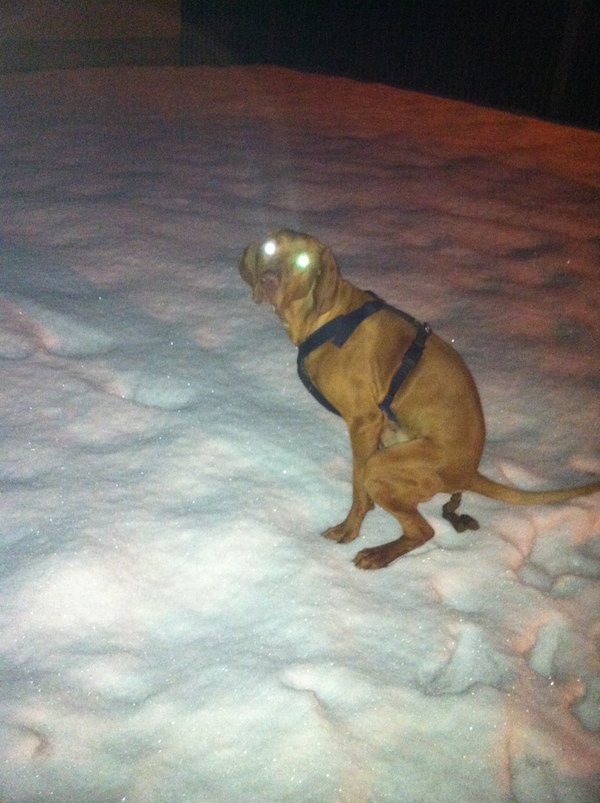
No dogs were harmed or ridiculed during the making of this text.
About the author
Stephan Skrobar is a fully certified ski instructor and ski guide and head of the freeride center “Die Bergstation”. He is a member of the Fischer Freeski Team and team manager of the Pieps Freeride Team. He examines instructors, runs a communication agency and loves punkrock.


